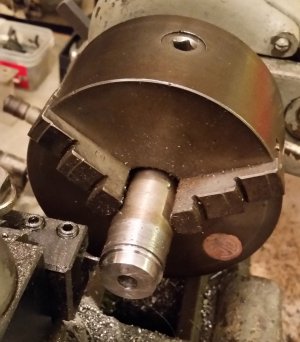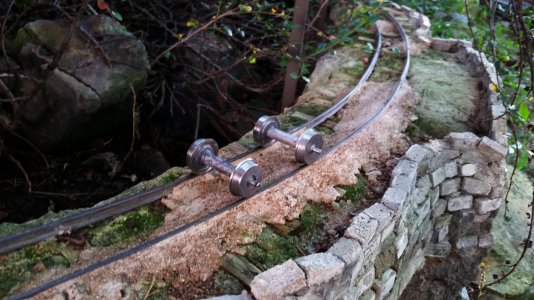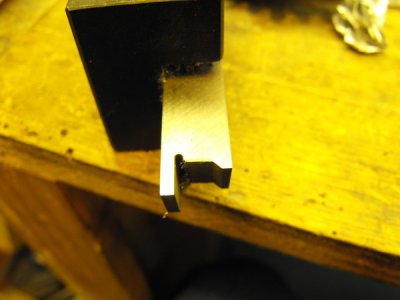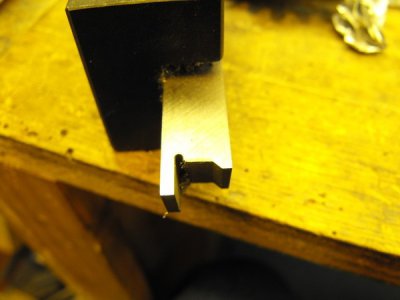I've got a south bend 9A I'm using to do a 2deg taper on some wheels for rolling stock to tow behind this guy:
SB designed the compound markings on the rear side so you have to either go around the lathe to read them or use a mirror. Also, to do the taper, it seems the only way is to go past the zero mark, which I did, where there are no markings. I got 2 degrees past zero using a ruler; wish it were easier. This, btw is 1:13.7 scale representing 2 ft gauge.


SB designed the compound markings on the rear side so you have to either go around the lathe to read them or use a mirror. Also, to do the taper, it seems the only way is to go past the zero mark, which I did, where there are no markings. I got 2 degrees past zero using a ruler; wish it were easier. This, btw is 1:13.7 scale representing 2 ft gauge.





